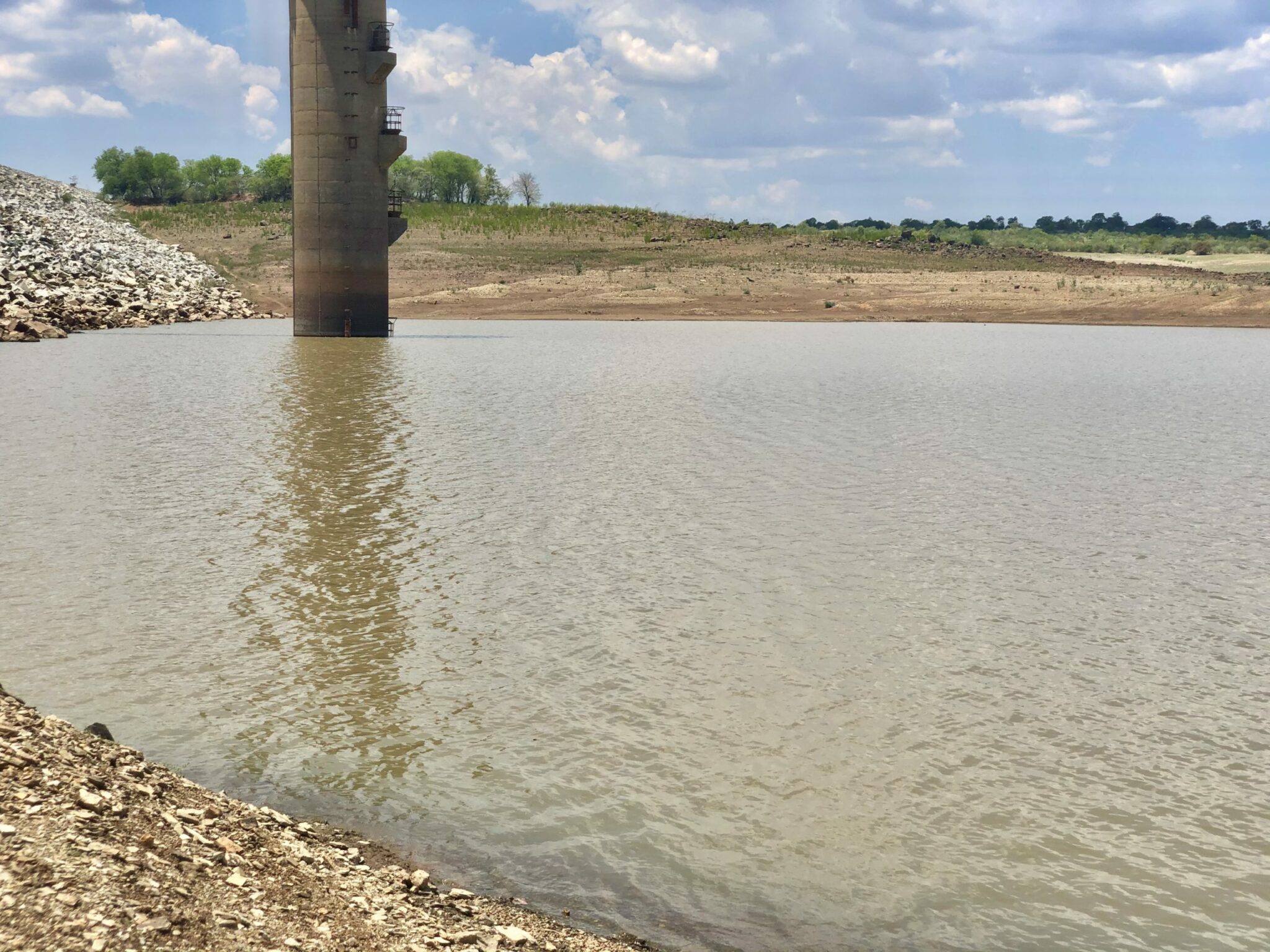The Bulawayo City Council (BCC) has fired a salvo at people calling for the local authority to desilt its supply dams, describing them as chancers who want to prospect for gold deposits.
There have been allegations that the city`s supply dams are silted and are not carrying water to their maximum capacity, with some accusing the local authority of failing to take advantage of the low water levels to scoop them out.
But BCC insists the decommissioned dams are not silted, arguing that should scooping be done, the process would in fact increase the amount of dead water.
“Our dams are not silted as people want to make us and the rest of the public believe. We are aware there are some people who have been wanting to desilt the dams but let me tell you the secret of them wanting to do so. It’s because there is some thinking maybe there could be gold deposit in that silt, which is why they want to desilt the dams,” said the city’s Town Clerk, Christopher Dube during a tour of the Criterion Water Works under the Bulawayo Water and Sewerage Rehabilitation Project Friday.
The town clerk noted that scooping the dams will have a negative impact on the environment around the dams.
“Our fear is if the desilting is done it will interfere with the marine species that are there in the water and will also disturb the environment around plus the infrastructure thereof. If people are really willing to desilt dams, this Criterion dam (which is totally depleted of water) is the one that has to be desilted. We can give them this one to scoop,” said Dube.
Earlier at Umzingwane Dam, one of the decommissioned dams, BCC Director of Engineering Services, Simela Dube explained that desilting the dams would increase dead water.
“Basically when someone comes and digs further here, they are increasing dead water, actually the water level will go further down. We need more rains and more inflows before we can start operating the dams. When we have inflows they will reach the dam’s first penstock and we will start drawing water immediately. We won’t wait until the dams fill up. This is the same phenomena at Lower Ncema where you will find the penstocks above the water,” he said.
“What you see on the dam walls are the different levels where we take water from. So when water is full, the level will be at the top penstock. You can see we have a third penstock and a fourth one in that order. So when we say a dam has been decommissioned, it means the fourth penstock is now above water and the operational capacity of the dam is actually from that level of last penstock to the full supply level.”
The city engineer emphasised there was no challenge of siltation that had impacted negatively on the capacity of the supply dams.
“This is the reason why we came here to illustrate issues of siltation and correct claims that ‘our capacity of the dams have been reduced by siltation and need scooping.’ You can see that we are on the same ground and Umzingwane is still showing signs of going backwards, which means we haven’t had any siltation,” Dube said.
“We will only have a challenge of siltation when the silt rises to the level of penstocks that’s when we can say there’s siltation but at the moment there’s no siltation that has impacted negatively on the capacity of the dam.”

